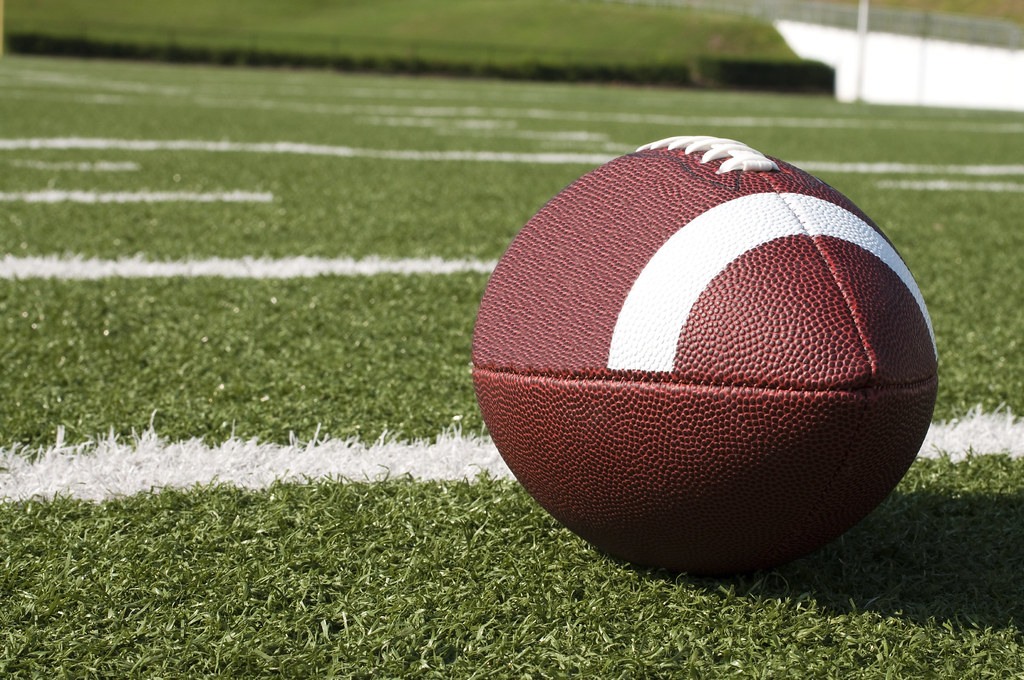The Super Bowl means different things to different people. Some are there to root for their favorite team, some tune in for the half-time musical act, while others (like me!) watch simply for the entertainment value of the commercials.
Advertisers know this, too, and count on the widespread appeal of the Super Bowl, television’s most-watched live event, to bring their A-game with witty, inspirational, or informative ads.
Even with declining ratings, viewership for this year’s Super Bowl is still expected to be around 90 million people, and Fox is charging up to $5.6 million for a national 30-second spot. As FIFTEEN’s Media Director, I’m curious to see which brands choose to spend advertising dollars for a presence in such a high profile event. Here’s a brief rundown on how this year’s crop of national commercials is shaping up from a media buying perspective:
· Fox sold out of its national inventory in November 2019, the fastest that has happened in five years.
· There were originally 77 30-second spots available, but because brands are opting to book more time (examples include the Trump and Bloomberg political campaigns, Super Bowl rookie Little Caesars and Audi, which are each running 60-second spots) there are fewer advertisers.
· Because of the high demand, Fox found space for an additional 2.5 minutes for commercials in “floater” pods, which are used in case of injuries or other unexpected breaks in the game. This will allow more brands to get in on the action.
· All told, there will be about 50 total commercials during Super Bowl LIV.
While the national Super Bowl ad outlook paints a large-scale picture, local brands can get in on the action, too, since our Buffalo Fox affiliate WUTV will be running spots for regional advertisers. I’ve had the opportunity to negotiate local Super Bowl buys, and the higher stakes and increased exposure allow us to deliver big results for clients.
Here’s some insight on the local ad buying landscape:
· We buy early for local Super Bowl placement. For Sunday’s event, we bought our spots in July 2019. We inquire about pricing even earlier than that.
· The national network determines the number of local spots available, a number that varies from year to year, network to network – and can even change in the days leading up to the big game. We know at least two local ads will be running on Sunday night.
· Local advertisers, and the agencies that represent them, don’t make the final call as to exactly when their spots will run during the event. Typically, local commercials air right before the game starts, at halftime, between quarters, or immediately following the game. National spots air during the game itself.
· However, if we’ve purchased multiple spots for one advertiser, we can request that they’re not played back to back in order to maximize reach. Since healthcare, banks and automotive make up the bulk of local Super Bowl advertising, stations also have to ensure that there’s maximum separation between competitor spots.
I’ve been asked more than once if it’s worth it to advertise locally during the Super Bowl. While the buy isn’t nearly as expensive as the millions of dollars brands pay nationally, local spots are definitely more expensive than other primetime programming. On average, one 30-second commercial on a Buffalo station during the Super Bowl will run between $20,000 – $30,000 (rates vary based on station, inventory supply/demand, purchase lead time and whether it’s part of a larger ad package). Advertisers must make the call if their annual budget merits the one-time investment. However, with nearly half of adults ages 25-54 watching, if the creative is high-quality and the message resonates, the ROI can definitely be worthwhile.
While watching on Sunday, I’ll be looking for some Buffalove among the commercials, and thinking about the fast-paced and exciting process that got them there.



